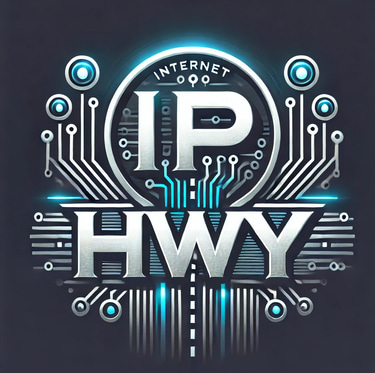Why Threat Intelligence is Failing SOCs (And How to Fix It)
Jim Leone
3/19/20252 min read
Threat intelligence is supposed to be the backbone of modern cybersecurity operations, providing SOC teams with actionable insights to detect, prevent, and respond to cyber threats. Yet, many SOCs find themselves drowning in data while struggling to extract meaningful, actionable intelligence. The result? Alert fatigue, misaligned priorities, and an overwhelmed SOC that reacts rather than anticipates.
So, why is threat intelligence failing SOCs, and what can be done to fix it?
The Problem with Threat Intelligence
Despite the promise of proactive defense, many SOCs encounter significant issues when implementing threat intelligence:
Information Overload: The sheer volume of threat intelligence feeds can overwhelm analysts, making it difficult to distinguish relevant threats from noise.
Lack of Contextualization: Many feeds provide indicators of compromise (IOCs) without adequate context, leading to ineffective prioritization.
Integration Challenges: Many SOCs struggle to integrate threat intelligence into SIEM, SOAR, and other security tools effectively.
Delayed or Irrelevant Data: Threat intelligence needs to be timely; outdated information can lead to wasted efforts on non-existent threats.
False Positives and Noise: Poorly curated threat intelligence leads to false positives, increasing analyst workload and causing fatigue.
Failure to Operationalize: Many organizations collect threat intelligence but fail to turn it into actionable steps within their security workflows.
How to Fix Threat Intelligence in SOCs
To make threat intelligence truly valuable, SOCs need to shift their approach from collecting raw data to implementing intelligence-driven security strategies. Here’s how:
1. Focus on Relevance, Not Volume
Rather than subscribing to an excessive number of threat feeds, SOCs should curate intelligence sources based on industry, geography, and specific threats relevant to their organization.
2. Enrich Threat Intelligence with Context
Threat intelligence should provide more than just raw IOCs, it must include attribution, tactics, techniques, and procedures (TTPs) mapped to MITRE ATT&CK.
3. Automate Threat Intelligence Processing
Leverage SOAR platforms to ingest, correlate, and triage threat intelligence automatically, reducing the manual burden on analysts.
4. Integrate Threat Intelligence into Incident Response
Threat intelligence should feed directly into SIEM correlation rules, EDR detections, and incident response playbooks to provide real-time security enhancements.
5. Prioritize Threat Intelligence Based on Risk
Implement a risk-based scoring system to focus on threats that pose the highest risk to the organization, reducing alert fatigue and improving efficiency.
6. Conduct Proactive Threat Hunting
Use threat intelligence to drive proactive threat hunting, identifying threats before they trigger alerts in standard monitoring tools.
7. Foster Collaboration and Intelligence Sharing
SOCs should participate in ISACs (Information Sharing and Analysis Centers) and industry-specific threat-sharing communities to enhance intelligence relevance and accuracy.
Threat intelligence should empower SOCs, not burden them. By refining their approach, organizations can transform intelligence from an overwhelming flood of data into a powerful weapon against cyber threats. The key is to shift from passive data collection to active, context-rich, and operationalized intelligence that enhances threat detection, response, and overall security posture.
Is your SOC making the most of its threat intelligence, or is it just adding to the noise? It’s time to rethink how intelligence is leveraged.
The IP HighWay
Stay updated with the latest IT security news.
info@iphwy.com
© 2025. IPHwy LLC. All rights reserved.



